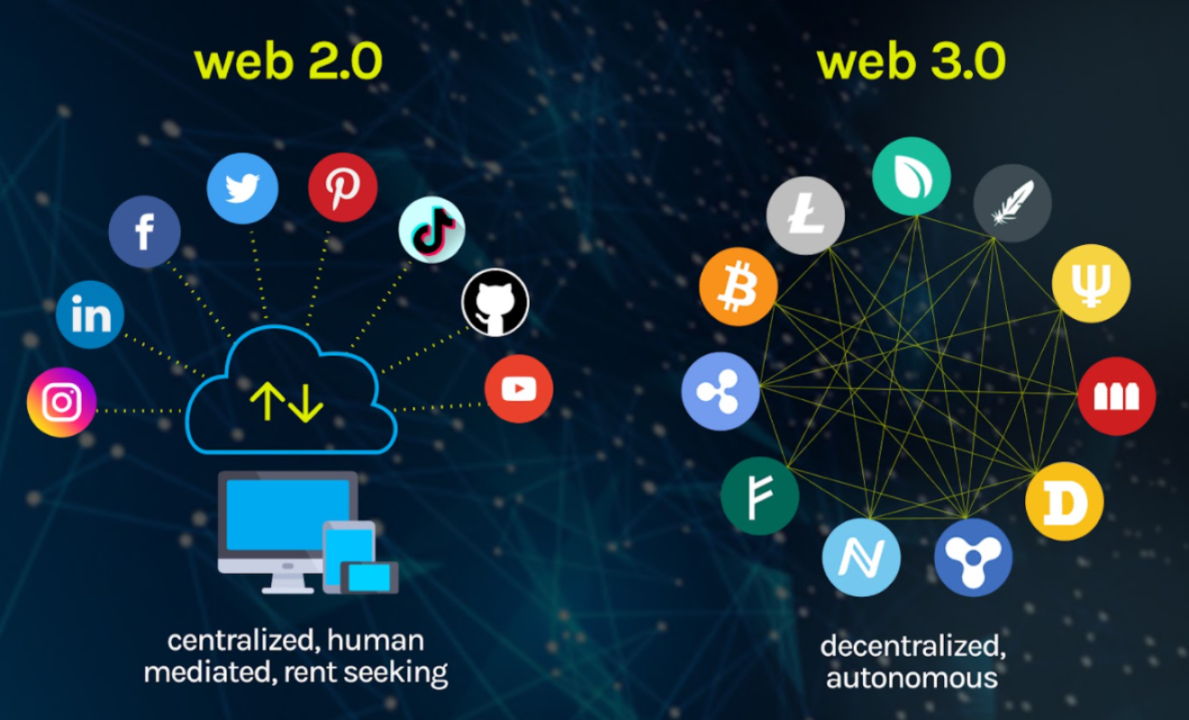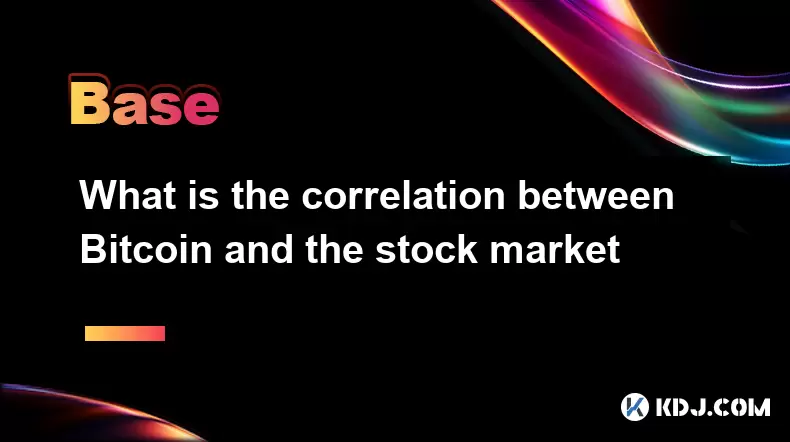-
 Bitcoin
Bitcoin $120400
1.77% -
 Ethereum
Ethereum $3615
7.90% -
 XRP
XRP $3.580
17.84% -
 Tether USDt
Tether USDt $1.001
0.06% -
 BNB
BNB $729.4
1.25% -
 Solana
Solana $179.9
5.04% -
 USDC
USDC $0.0000
0.01% -
 Dogecoin
Dogecoin $0.2311
8.22% -
 TRON
TRON $0.3226
4.04% -
 Cardano
Cardano $0.8490
12.85% -
 Hyperliquid
Hyperliquid $46.45
0.72% -
 Stellar
Stellar $0.4913
8.54% -
 Sui
Sui $4.027
2.00% -
 Chainlink
Chainlink $18.51
11.67% -
 Hedera
Hedera $0.2818
21.51% -
 Avalanche
Avalanche $24.03
7.40% -
 Bitcoin Cash
Bitcoin Cash $508.5
2.90% -
 Shiba Inu
Shiba Inu $0.00001496
3.24% -
 UNUS SED LEO
UNUS SED LEO $8.961
1.83% -
 Toncoin
Toncoin $3.264
3.13% -
 Litecoin
Litecoin $104.6
8.15% -
 Polkadot
Polkadot $4.389
6.11% -
 Uniswap
Uniswap $9.924
10.63% -
 Monero
Monero $337.9
0.49% -
 Pepe
Pepe $0.00001376
2.79% -
 Bitget Token
Bitget Token $4.830
2.46% -
 Ethena USDe
Ethena USDe $1.001
0.05% -
 Dai
Dai $1.000
0.02% -
 Aave
Aave $325.2
1.66% -
 Bittensor
Bittensor $423.7
-0.85%
when did web3 start
The concept of Web3 emerged in 2014, coined by Gavin Wood, co-founder of Ethereum, to envision a decentralized, open, and trustless evolution of the internet.
Oct 19, 2024 at 12:00 am

When Did Web3 Start?
Web3, the third iteration of the internet, is still a work in progress, but its origins can be traced back to the early days of the World Wide Web. In 1999, Tim Berners-Lee, the inventor of the World Wide Web, published a paper outlining his vision for the future of the internet, which he called the "Semantic Web." In this paper, Berners-Lee proposed a new way of organizing and linking data on the web that would make it easier for machines to understand and process.
The Semantic Web was slow to gain traction, but in recent years, there has been a renewed interest in this concept as a way to make the internet more intelligent and user-friendly. This has led to the development of a number of new technologies and standards, such as RDF, OWL, and SPARQL, which are designed to make it easier to create and share semantic data on the web.
In 2014, Gavin Wood, one of the co-founders of Ethereum, coined the term "Web3" to describe a new vision for the internet that is based on the principles of decentralization, openness, and trustlessness. Wood argued that the current web is too centralized and controlled by a few large corporations, and that this centralization has led to a number of problems, such as censorship, privacy violations, and security breaches.
Web3 is still in its early stages of development, but it has the potential to revolutionize the way we use the internet. By decentralizing the web and making it more open and transparent, Web3 can help to create a more fair and equitable internet that is controlled by its users, not by a few large corporations.
Timeline of Key Events in the Development of Web3
- 1999: Tim Berners-Lee publishes a paper outlining his vision for the "Semantic Web."
- 2001: The World Wide Web Consortium (W3C) publishes the RDF (Resource Description Framework) specification.
- 2004: The W3C publishes the OWL (Web Ontology Language) specification.
- 2008: The W3C publishes the SPARQL (SPARQL Protocol and RDF Query Language) specification.
- 2014: Gavin Wood coins the term "Web3."
- 2015: The Ethereum blockchain is launched.
- 2017: The ERC-20 token standard is introduced.
- 2018: The decentralized autonomous organization (DAO) is introduced.
- 2019: The decentralized finance (DeFi) movement begins.
- 2020: The non-fungible token (NFT) market explodes.
Key Concepts in Web3
- Decentralization: Web3 is based on the principle of decentralization, which means that it is not controlled by any single entity. Instead, it is controlled by a network of computers that are spread all over the world.
- Openness: Web3 is an open ecosystem, which means that anyone can participate in its development. There are no barriers to entry, and anyone with the skills and knowledge can contribute to the Web3 ecosystem.
- Trustlessness: Web3 is based on the principle of trustlessness, which means that users do not need to trust any central authority. Instead, they can trust the code that runs the Web3 ecosystem.
Benefits of Web3
- Increased security: Web3 is more secure than the current web because it is not controlled by any single entity. This makes it more difficult for hackers to attack the Web3 ecosystem.
- Greater privacy: Web3 protects the privacy of users by not tracking their activity or storing their personal data.
- Increased transparency: Web3 is more transparent than the current web because all of its transactions are recorded on the blockchain. This makes it easier for users to track their transactions and hold the Web3 ecosystem accountable.
- Greater accessibility: Web3 is more accessible than the current web because it is not controlled by any single entity. This makes it easier for everyone to participate in the Web3 ecosystem, regardless of their location or financial status.
Challenges to Web3 Adoption
- Scalability: Web3 is still a work in progress, and it is not yet scalable enough to handle the same level of traffic as the current web. However, there are a number of projects working on scaling solutions for Web3.
- Interoperability: There are a number of different Web3 projects, and they do not all interoperate with each other. This makes it difficult for users to use a variety of Web3 applications. However, there are a number of projects working on interoperability solutions for Web3.
- User experience: The user experience of Web3 applications is not as polished as the user experience of traditional web applications. However, there are a number of projects working on improving the user experience of Web3 applications.
The Future of Web3
Web3 is still in its early stages of development, but it has the potential to revolutionize the way we use the internet. By decentralizing the web and making it more open and transparent, Web3 can help to create a more fair and equitable internet that is controlled by its users, not by a few large corporations.
Disclaimer:info@kdj.com
The information provided is not trading advice. kdj.com does not assume any responsibility for any investments made based on the information provided in this article. Cryptocurrencies are highly volatile and it is highly recommended that you invest with caution after thorough research!
If you believe that the content used on this website infringes your copyright, please contact us immediately (info@kdj.com) and we will delete it promptly.
- MEXC's Q2 Domination: Riding the Crypto Wave to Market Leadership
- 2025-07-18 18:30:12
- Caldera (ERA) Takes Flight: Binance Listing Ignites Crypto Surge
- 2025-07-18 19:10:13
- Hex Trust and Algorand: Institutional Staking Rewards Take Center Stage
- 2025-07-18 19:50:13
- XRP, Ethereum, and the Crypto Rotation: Where's the Smart Money Going?
- 2025-07-18 19:15:13
- DeFi Lending, Fintech, and Morpho: A New Era?
- 2025-07-18 19:50:13
- Ethereum, Litecoin, and Institutional Crypto: What's the Deal?
- 2025-07-18 19:55:13
Related knowledge

What is the Bitcoin dominance index
Jul 12,2025 at 10:35pm
Understanding the Bitcoin Dominance IndexThe Bitcoin Dominance Index, often abbreviated as BTC.D, is a metric used to measure Bitcoin's market capital...

What is the Bitcoin dominance index
Jul 11,2025 at 04:29am
What is the Bitcoin Dominance Index?The Bitcoin Dominance Index is a metric used to gauge Bitcoin's market capitalization relative to the total market...

What is the correlation between Bitcoin and the stock market
Jul 18,2025 at 04:56am
Understanding the Correlation Between Bitcoin and the Stock MarketThe correlation between Bitcoin and the stock market has become a topic of increasin...

Can crypto be a hedge against inflation
Jul 14,2025 at 12:21am
Understanding the Concept of Hedging Against InflationInflation refers to the general increase in prices and fall in the purchasing value of money ove...

Can crypto be a hedge against inflation
Jul 12,2025 at 12:07pm
Understanding the Role of Blockchain in Decentralized Finance (DeFi)Blockchain technology serves as the backbone of decentralized finance, offering a ...

What are account abstraction wallets
Jul 13,2025 at 01:43am
Understanding the Concept of Account AbstractionAccount abstraction is a term frequently used in the Ethereum ecosystem, particularly within discussio...

What is the Bitcoin dominance index
Jul 12,2025 at 10:35pm
Understanding the Bitcoin Dominance IndexThe Bitcoin Dominance Index, often abbreviated as BTC.D, is a metric used to measure Bitcoin's market capital...

What is the Bitcoin dominance index
Jul 11,2025 at 04:29am
What is the Bitcoin Dominance Index?The Bitcoin Dominance Index is a metric used to gauge Bitcoin's market capitalization relative to the total market...

What is the correlation between Bitcoin and the stock market
Jul 18,2025 at 04:56am
Understanding the Correlation Between Bitcoin and the Stock MarketThe correlation between Bitcoin and the stock market has become a topic of increasin...

Can crypto be a hedge against inflation
Jul 14,2025 at 12:21am
Understanding the Concept of Hedging Against InflationInflation refers to the general increase in prices and fall in the purchasing value of money ove...

Can crypto be a hedge against inflation
Jul 12,2025 at 12:07pm
Understanding the Role of Blockchain in Decentralized Finance (DeFi)Blockchain technology serves as the backbone of decentralized finance, offering a ...

What are account abstraction wallets
Jul 13,2025 at 01:43am
Understanding the Concept of Account AbstractionAccount abstraction is a term frequently used in the Ethereum ecosystem, particularly within discussio...
See all articles

























































































